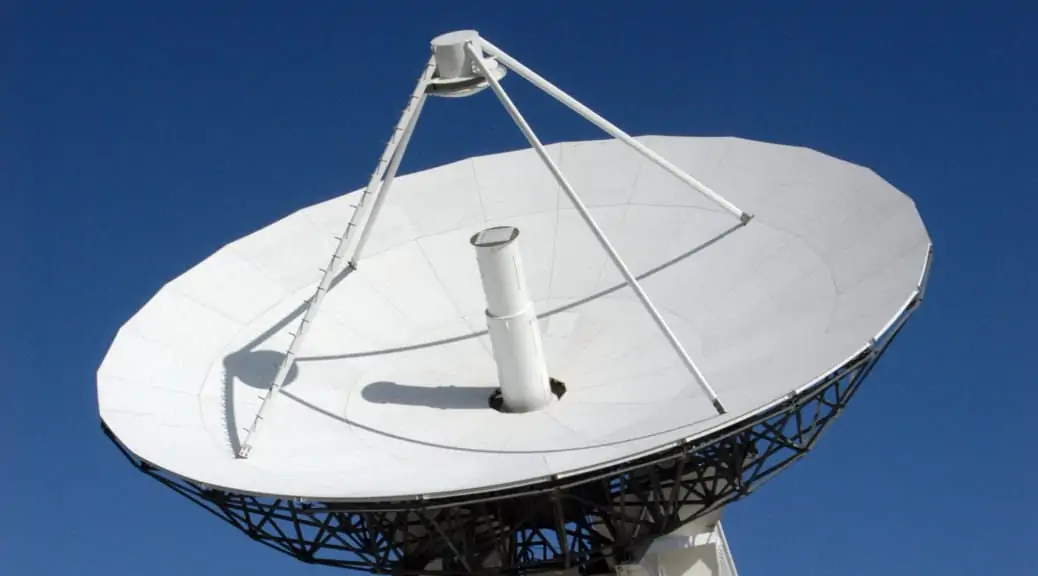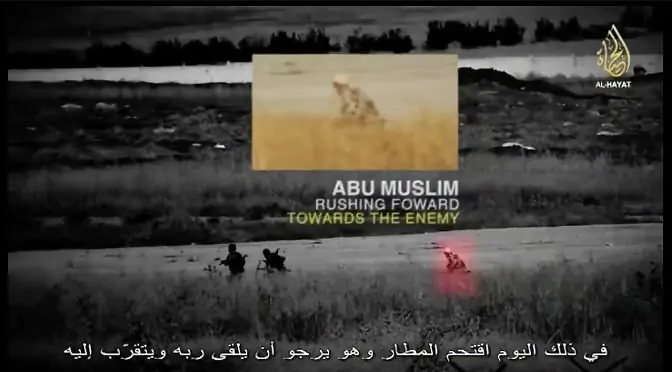In this section of our series on the Islamic State, we seek to assess the Islamic State’s ability to create a real and sustainable polity. The capture of Ramadi (Iraq, Anbar, e.g. Mitchell Prothero, McClatchy DC, 17 May 2015) on 17 May and Palmyra (Tadmur, Syria, Homs) three days later on 20 May 2015 (e.g. Oryx blog, 21 May 2015) by the Islamic State – showing among others the ability to win against two different governmental armies, one supported by the US-led coalition of 60 plus states (U.S. Gov) plus Shi’a militia and probably Iran, the other by Russia, Iran and Hezbollah, two strategic cities on two fronts separated by 620km – the sudden acknowledgement by U.S. officials, that no, the war against the Islamic State …
Continue reading “Understanding the Islamic State’s System – The Calif and Legitimacy”









